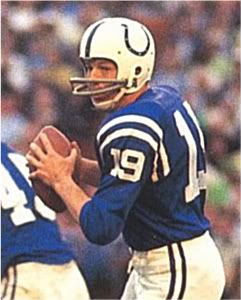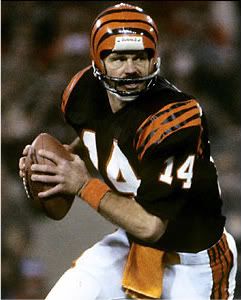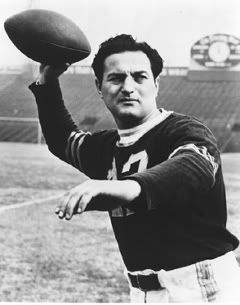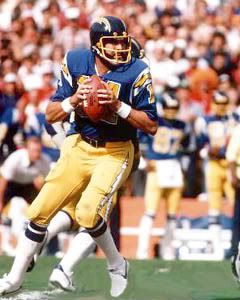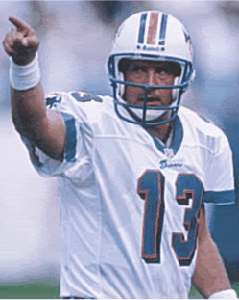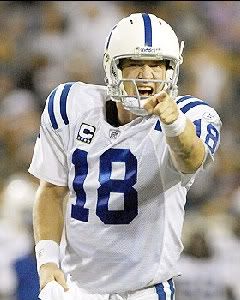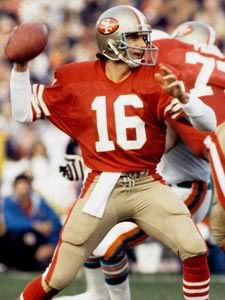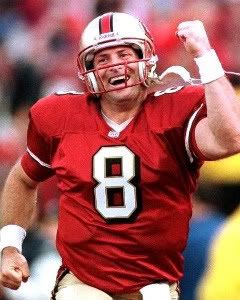9. Birds
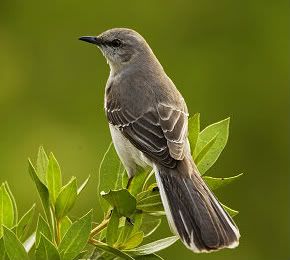
Myth: Touching a baby bird will cause it's parents to abandon it.
Truth: Birds don't have a very well-developed sense of smell and therefore will be unaware of your stank.
The story: Not sure where this myth comes from but I was told this as a child and believed it for much of my life. Turns out most species of birds will not abandon their young easily so your damn dirty hands aren't likely to cause a ruckus.
8. Pit bulls

Myth: Pit bulls have jaws that lock.
Fact: Pit bulls' jaws have the same musculature and structure of any other breed of dog.
The story: When pit bulls bite something or someone they are reluctant to release. Add to that the terrifying reputation pit bulls have (it is somewhat deserved, I might add) and you can see how this myth started. But when it comes down to it, the basic structure of a pit bull's jaw is the same as a poodle's.
7. Camels

Myth: Camels store water in their humps.
Fact: Camels store water in their stomach.
The Story: What else could their humps be for, right? Fatty tissue reserves, chump. Their humps are filled with fat. Hey, it's easy to understand how this myth originated: The camels' hump is unique in the animal kingdom and they can go for long periods of time without water (three weeks) so the humps, folks concluded, must be where the water is stored. It's a reasonable conclusion, but it just isn't true.
6. Bats

Myth: Bats are blind.
Fact: Depending upon the species, bats' vision ranges from good to poor but they are definitely not blind.
The Story: There are over 1,000 bat species in the world which accounts for about 20% of all mammal species. Most bats are insectivores but many species eat fruit. The family of bats called microbats are nocturnal and rely heavily on echolocation to hunt for prey. While most microbats have poor day vision, they are not blind. In fact they have pretty good night vision which they use in tandem with their echolocation ability. Some larger species of bats don't even have echolocation and instead use night vision and an acute sense of smell to find food.
5. Sharks
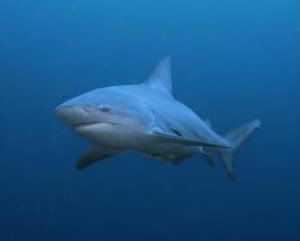
Myth: The great white shark is the most dangerous of all shark species.
Fact: It is the bull shark, not the great white, that is responsible for the vast majority of shark-related injuries and deaths.
The story: The bull shark can grow to be as much as 13 feet long and weigh as much as 700 pounds. Because the bull shark can tolerate freshwater (it has been observed 1,000 miles up the Mississippi River and 2,000 miles up the Amazon) it comes into contact with humans quite regularly. This fact along with the bull sharks' unpredictable, aggressive behaviour makes it the most dangerous of all shark species. Some scientists suggest that the bull shark may be responsible for hundreds of deaths every year which dwarf deaths caused by great whites and tiger sharks combined.
4. Dolphins

Myth: Dolphins are more intelligent than humans.
Fact: Dolphins are not more intelligent than humans: they're animals.
When it comes to problem solving, dolphins are about as smart as a rhesus monkey or an elephant. Not bad, right? Monkeys and elephants are really smart. Well, turns out ferrets and mink have better problem-solving skills than even dolphins yet no one says that mink are smarter than humans. It all comes down to the fact that many folks--especially those whacky environmentalists--have perpetuated the myth that dolphins are the super-smarties of the animal kingdom so we feel more sympathy for the marine mammals and will want to save them from evil, stupid humans. But it's shallow thinking: my estimation of an animal's intelligence has nothing to do with how much I like a particular species. I like all animals--even stupid ones.
3. Lemmings

Myth: Lemmings commit mass suicide to lower their population by jumping off cliffs.
Fact: Lemmings only jump off cliffs when forced to do so by bored filmmakers.
The Story: In the 1950s Disney filmed a famous documentary about lemmings. Turns out lemmings are the most boring creatures alive. So the filmmakers, attempting to make their film more interesting, rounded up a bunch of the poor little rodents and forced them off a cliff! It worked. The documentary (White Wilderness) won awards and acclaim and lemmings became known as the suicide cult of the animal kingdom. It's true that when lemming colonies become overpopulated and there's no food left they will gather en masse and move into unfamiliar territory frantically looking for something to eat. While doing so they sometimes may unintentionally bump a cousin or two off a ledge or into a lake or whatever. But it's not suicide.
2. Daddy longlegs

Myth: The daddy long-legs is the most venomous spider in the world but can't bite humans because it's mouth is too small.
Fact: The spider-like harvestman and the cellar spider (a true spider) both share the common name daddy longlegs in North America. Neither species can kill you.
The harvestman is not an actual spider and of the estimated 10,000 species (ten thousand!) of harvestman, none are known to have poison glands. The cellar spider (a true spider), which is also called a daddy longlegs and resides in many parts of North America (though originally from the tropics) is venomous but it's venom is harmless to humans.
1. Chameleons
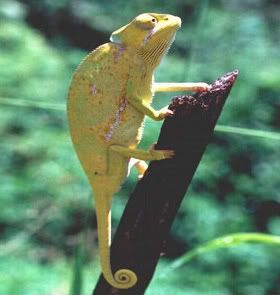
Myth: Chameleons can camouflage themselves to blend into the background of their environment.
Fact: While Chameleons can change color, it has nothing to do with blending into their background.
The Story: The chameleon is one of the most fascinating animals on Earth and have many unusual features not seen elsewhere in the reptile family. For instance, chameleons have five toes fused into two groups (two on the outside and three on the inside of their feet) which allows them to grip small branches. Their unique eyes allow them to look in different directions at the same time giving them 360 degree vision. They also have a prehensile tail. And their tongue--which is longer than their body length in some species--can rapidly extend and strike prey. The end of the tongue is covered in mucous which sticks to the prey making the chameleon one efficient predator. But it is their ability to change color that they are most famous for.
The chameleons ability to change color is used for social interactions and, in fact, results in the chameleon standing out from their background like when they want to attract a mate. It is true that the default color for chameleons does match their environment (i.e. green chameleons live in jungles or forests, tan chameleons live in deserts) so it may seem that they are blending in when in fact they may just be going from one color (like blue) associated with a particular social interaction to their normal color.

